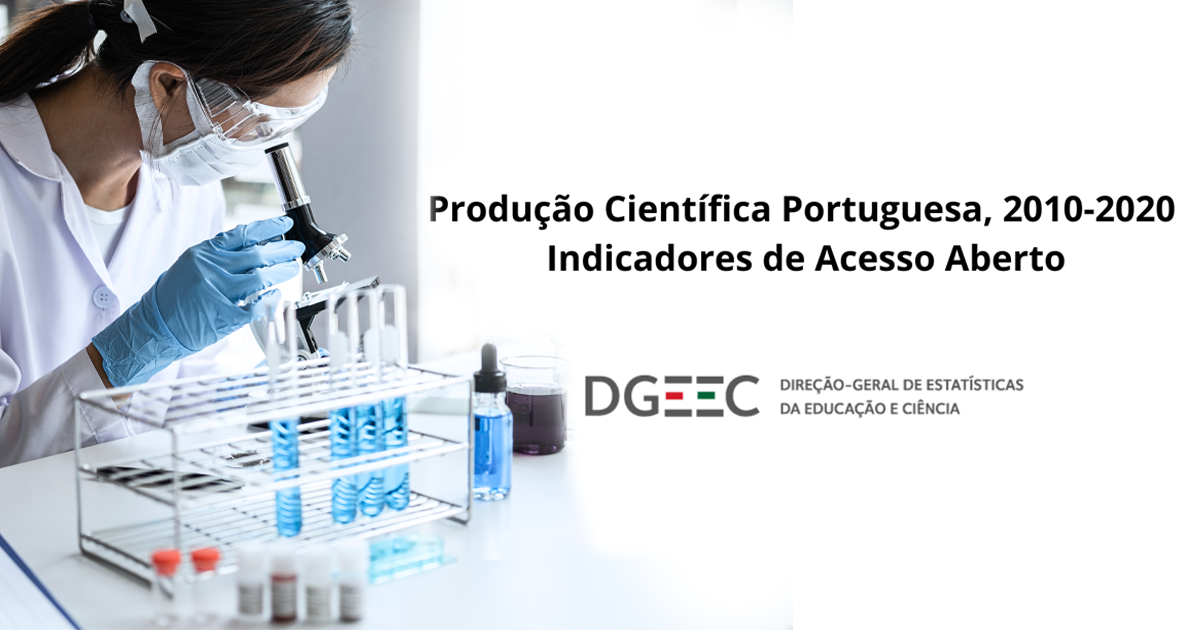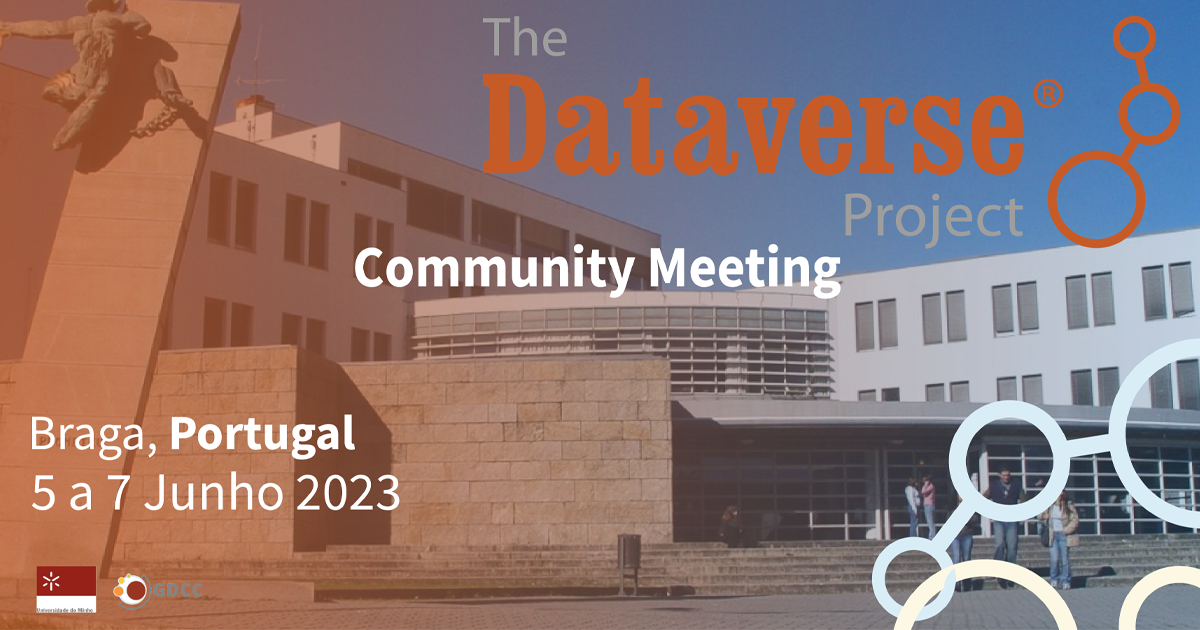Direção-Geral de Estatísticas de Educação e Ciência (DGEEC) disponibiliza publicação com os novos indicadores sobre a produção científica nacional em Acesso Aberto, entre 2010 e 2020. Conheça algumas das principais conclusões.
Foi com o objetivo de “contribuir para uma análise mais detalhada do tema do Acesso Aberto” que a Direção-Geral de Estatísticas de Educação e Ciência publicou um conjunto de indicadores bibliométricos sobre produção científica portuguesa em Acesso Aberto. A publicação, disponibilizada aqui, detalha o número e percentagem de publicações realizadas dentro deste paradigma e traça o retrato da colaboração internacional e do Acesso Aberto no sistema de ensino superior público português, entre outros indicadores.
Os dados analisados por este organismo mostram que o número de publicações portuguesas em Acesso Aberto aumentou consideravelmente, entre 2010 e 2020, atingindo 47% do total de publicações realizadas, em 2020. O crescimento percentual, durante este período, foi de 76%, com um crescimento médio anual de cerca de 6%.
O estudo da DGEEC estabelece ainda a comparação das publicações científicas portuguesas com a realidade internacional, destacando que, em média, a produção científica nacional recebeu mais 47% de citações do que a média mundial para as publicações com as mesmas características (ano de publicação, tipo de documento e área científica). Em contraste, a média de publicações portuguesas em acesso fechado estiveram ligeiramente abaixo da média mundial no que diz respeito ao número de citações.
Outro dos dados destacados pelo estudo diz respeito às áreas científicas que mais publicaram em acesso aberto. Nesse capítulo, destacam-se as ciências exatas e naturais como as que obtiveram um resultado mais representativo. Em 2020, por exemplo, as publicações em Acesso Aberto destas áreas ultrapassavam os 50%. Em específico, as ciências médicas e da saúde apresentaram um impacto normalizado de citações mais elevado, dentro do panorama nacional de Acesso Aberto, recebendo 98%












